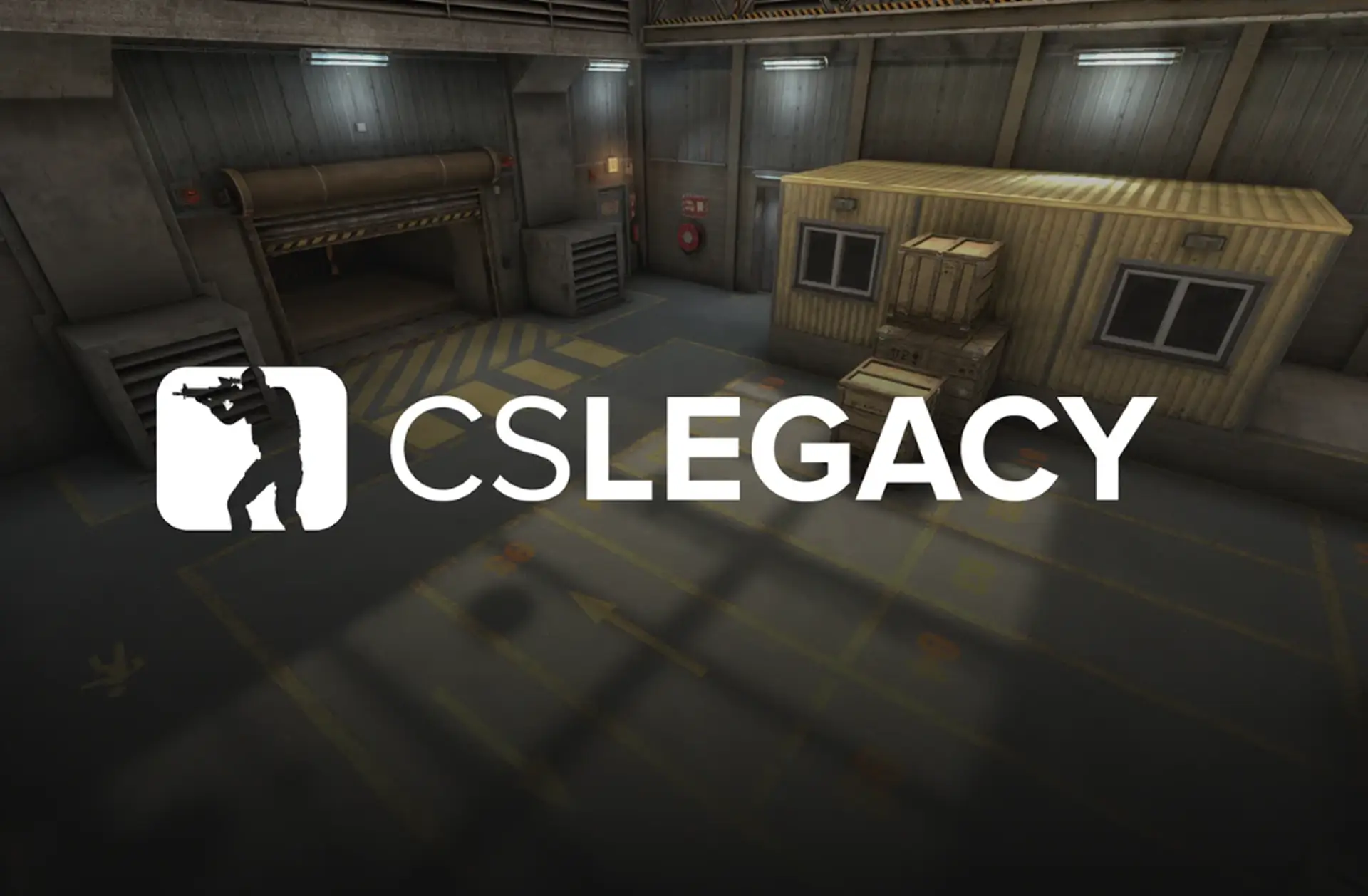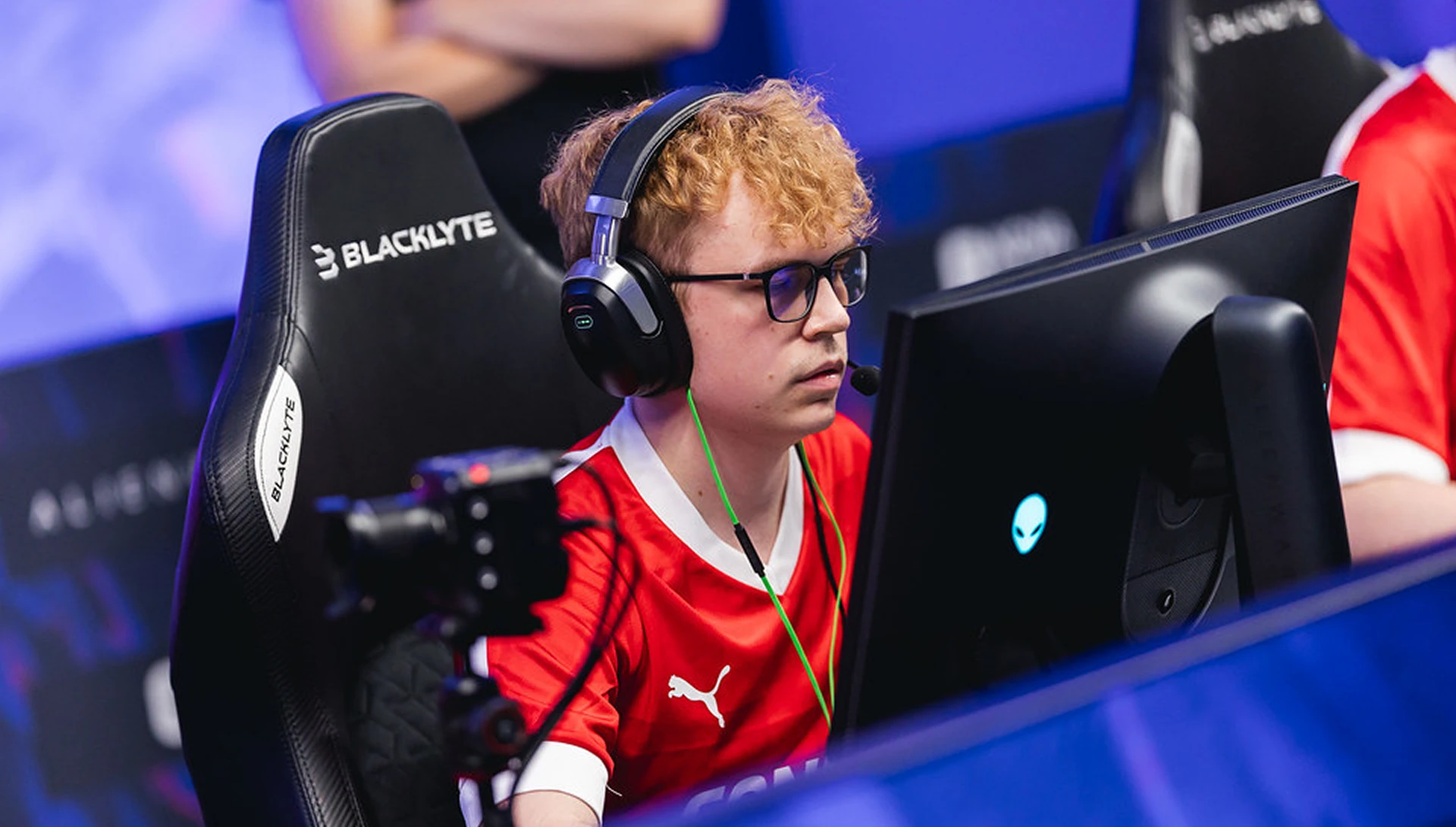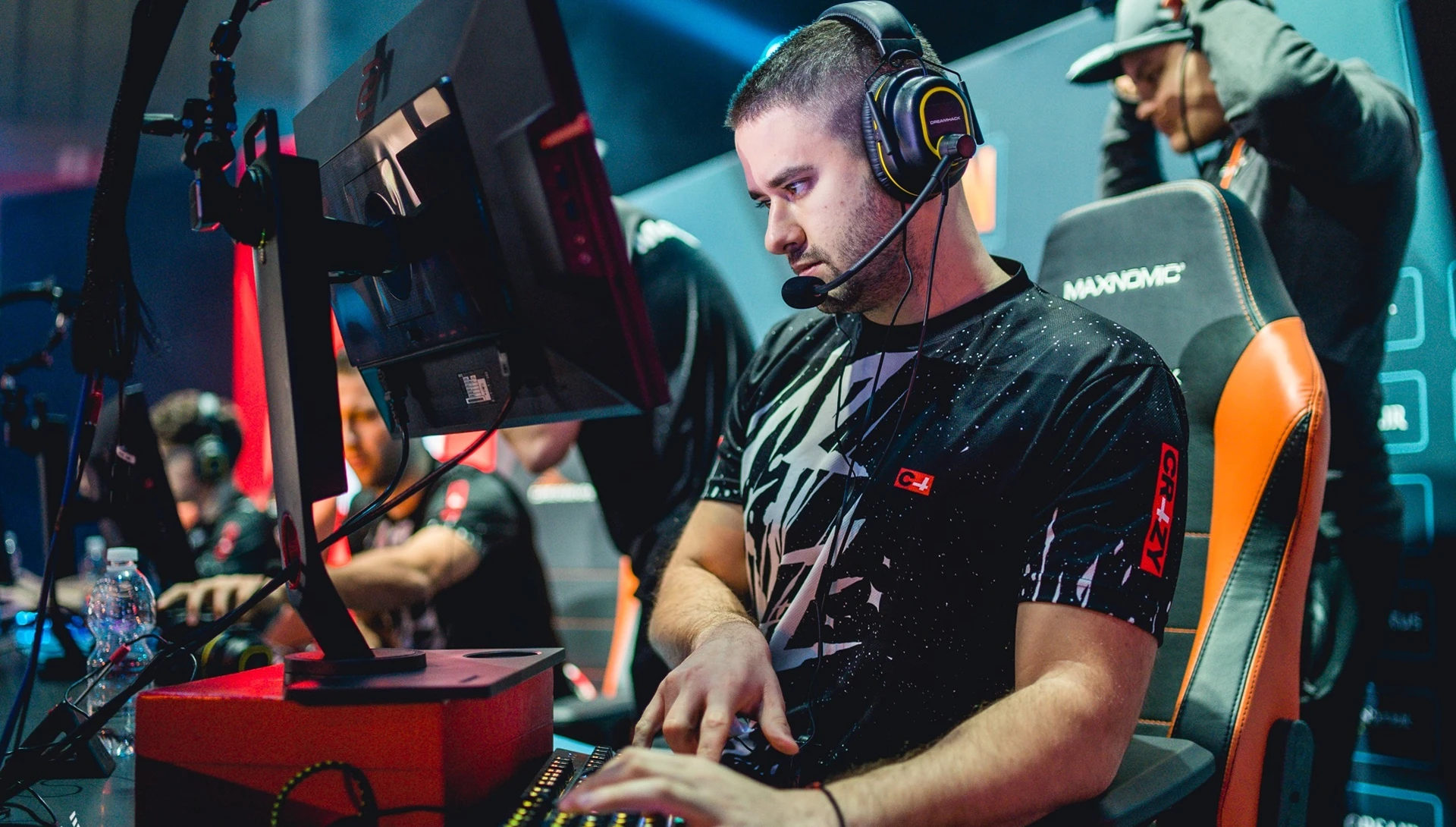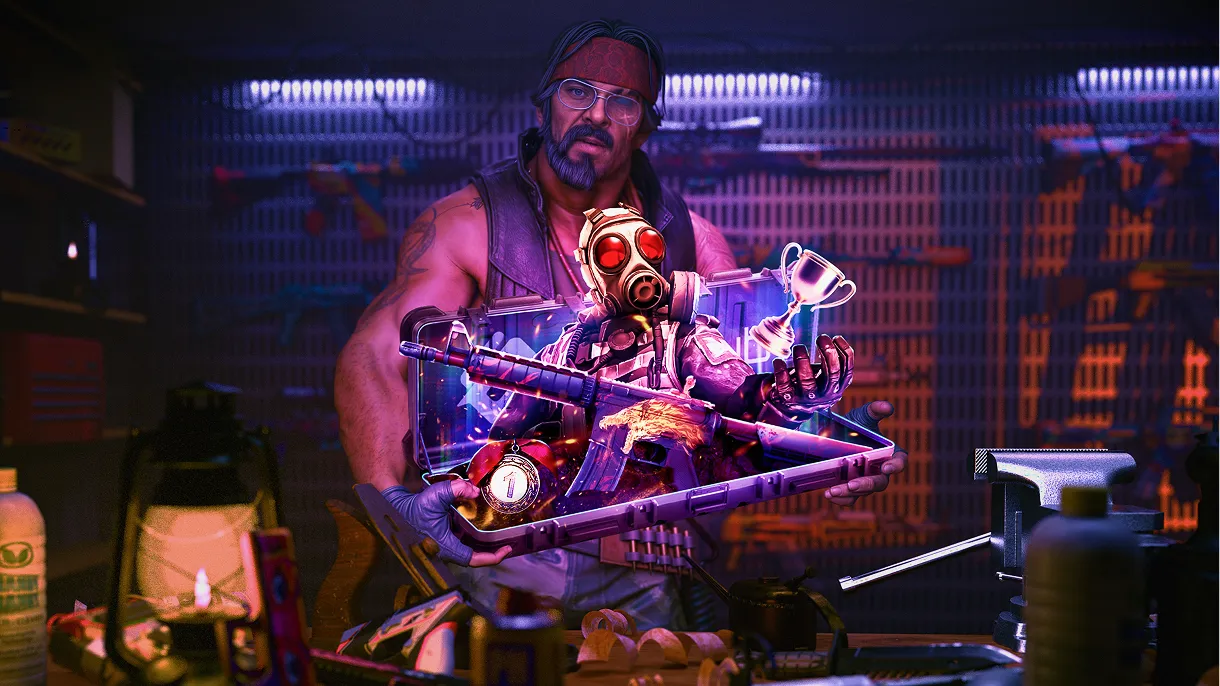In 2025, the shooter community received disappointing news: Classic Offensive, a fan-made project aimed at recreating the atmosphere of classic Counter-Strike 1.6 using the CS:GO engine, was officially shut down after more than eight years in development. The team faced strict limitations from Valve, including a cease and desist notice that forced them to terminate the project completely.
But the story of the classic’s return didn’t end there. A new contender emerged — CS:Legacy.
What is CS:Legacy?
CS:Legacy is not just a mod — it’s a fully standalone game created by enthusiasts and fans of the original CS 1.6. The goal is to offer players an experience that closely mirrors the classic gameplay while adapting it to the standards and demands of modern gaming.
What sets CS:Legacy apart is its legal approach to development:
- The game is built using Source SDK 2013, an officially available engine provided by Valve.
- The team avoids using any original models, textures, maps, or sounds from CS 1.6.
- All assets are handcrafted from scratch — which not only prevents legal risks but also allows for a modernized visual experience.
This project has the potential to become a flagship of unofficial FPS games, grounded not only in nostalgia but also in a precise and professional technical implementation.
Why Was Classic Offensive Shut Down?
Classic Offensive began in 2017, received support through Steam Greenlight, and gained popularity with its demo versions. However, Valve later revised its policies regarding the use of their assets and started more actively enforcing restrictions on derivative content.
Key violations that led to the shutdown of Classic Offensive included:
- Use of animations, models, textures, and sounds from CS 1.6 and CS:S without appropriate permissions.
- Modifying CS:GO files in violation of Valve’s license agreement.
- Distribution of the mod through third-party platforms without Valve’s approval.
In March 2025, the developers received a cease and desist letter, after which the project was permanently closed.
READ MORE:Classic Offensive Cancelled Due to Valve’s Restrictions
CS:Legacy’s Legal and Technical Framework

The CS:Legacy developers have publicly stated:
“We respect Valve’s rules. Our project is fully developed within the legal and technical constraints provided.”
This means:
- The game functions independently of CS:GO or any other Valve titles.
- No copyrighted content is used.
- Classic gameplay is preserved: team-based action, bomb planting and defusal, hostage rescues, and more.
Additionally, the team plans to implement:
- Support for Steam Workshop.
- Custom server creation.
- Modding tools.
- Professionally tuned shooting mechanics — already praised by the beta-testing community.
READ MORE:Valve Releases Another Counter-Strike 2 Update — Fixes Issues from the Previous Patch
Player Expectations and the Project’s Future
Many consider CS:Legacy a spiritual successor not only to CS 1.6 but to the entire philosophy of “old-school” FPS games. Given the growing nostalgia for the classics and dissatisfaction with CS2’s current direction, this game could offer a compelling alternative — even for esports players.
Expected features of CS:Legacy:
- Early Access release on Steam in 2025.
- Regular updates and community support.
- Potential to build an active player base similar to that of CS 1.6 in the 2000s.
The story of CS:Legacy is more than just a case of a successful fan project. It’s proof that even within a strict legal framework, it’s possible to bring an ambitious idea to life — if done carefully, wisely, and with respect for intellectual property.
For many players disillusioned by recent Counter-Strike titles, CS:Legacy may be the long-awaited return home — to familiar maps, time-tested physics, and a fair competitive spirit.









































